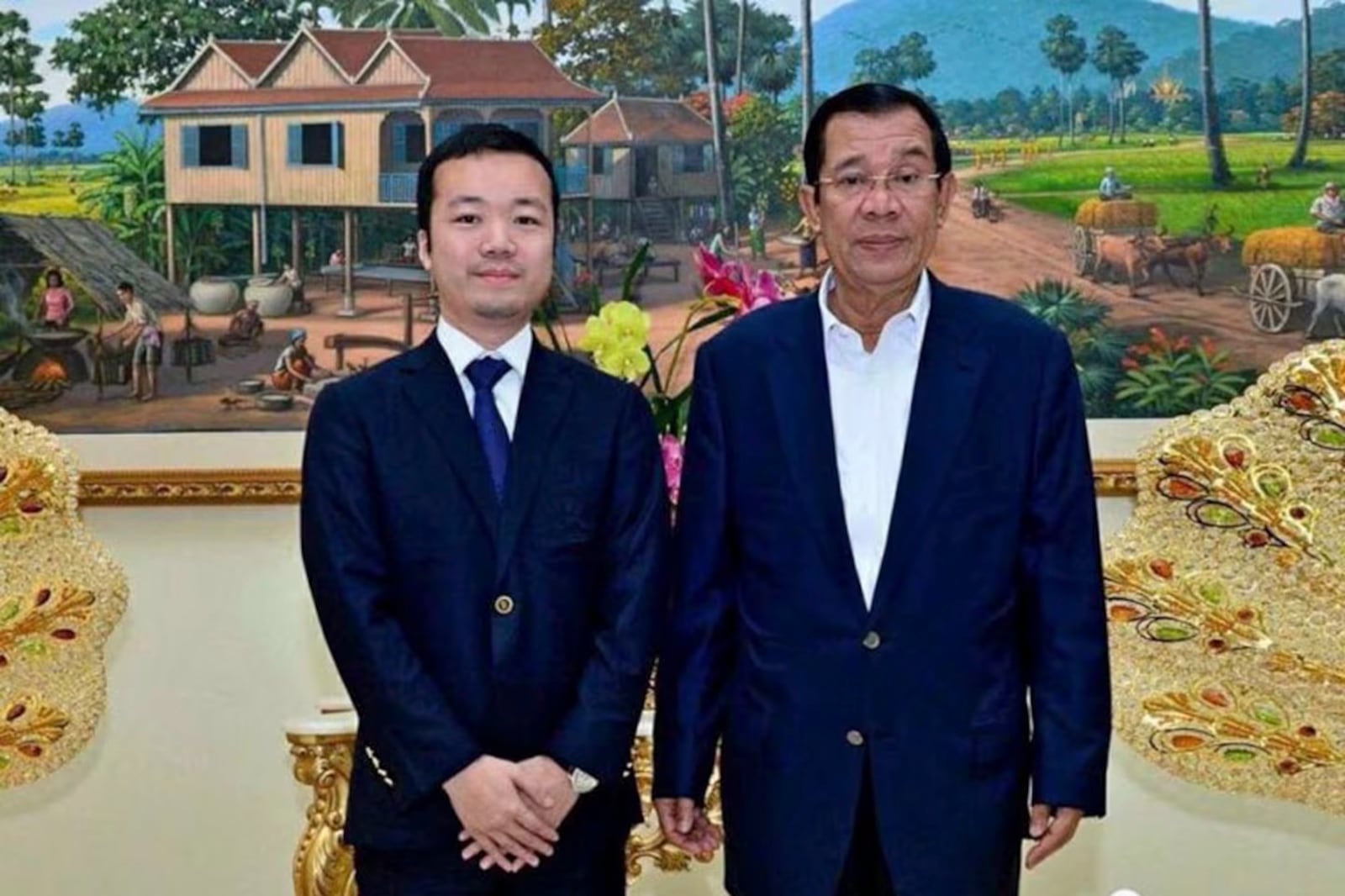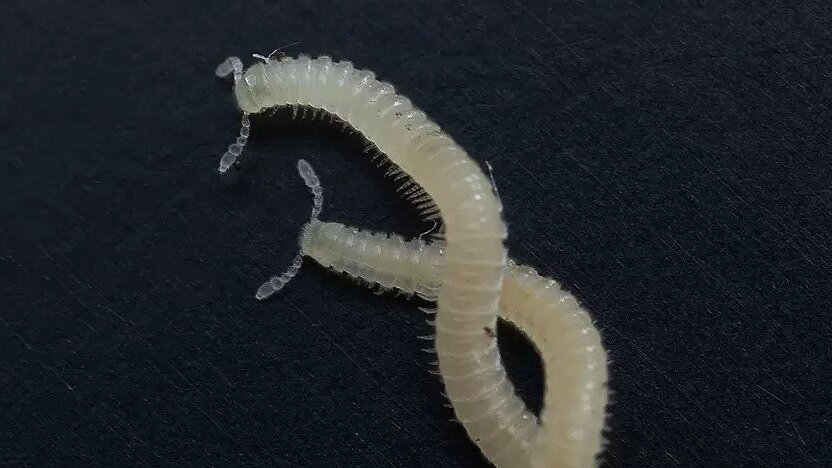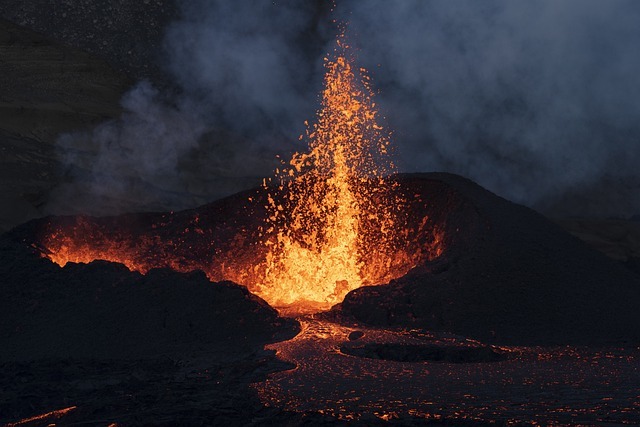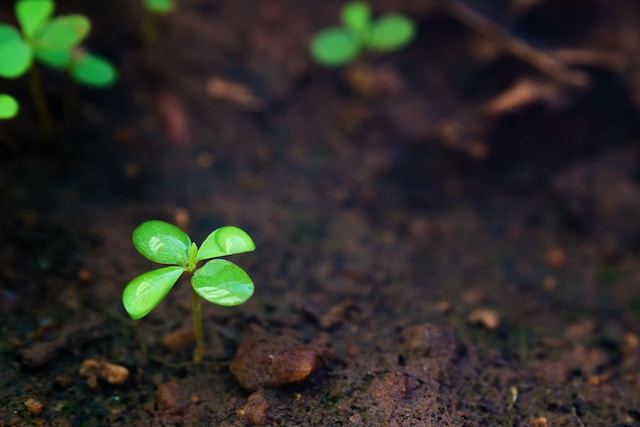Chinese scientists have identified rust minerals, specifically crystalline hematite and maghemite, in lunar soil samples returned by China’s Chang’e-6 mission from the Moon’s South Pole–Aitken Basin. This marks the first confirmed discovery of oxidized iron minerals on the Moon’s surface, overturning the longstanding view that the Moon’s environment lacks the oxygen necessary for such chemical reactions.
The research, conducted by a collaboration between the Institute of Geochemistry of the Chinese Academy of Sciences and Shandong University, shows that these minerals formed through oxidation processes triggered by asteroid impacts. Impact events generate intense heat that vaporizes surface materials, temporarily creating a high-oxygen vapor environment sufficient to oxidize iron ions and form rust-like minerals. This mechanism explains the presence of hematite coexisting with magnetic minerals in the lunar soil.
The discovery sheds new light on lunar geology and magnetism, offering a plausible explanation for observed magnetic anomalies in the South Pole–Aitken Basin. It also provides valuable insights into how large impacts have shaped the Moon’s surface and chemical evolution over billions of years.
These findings come from the first-ever samples brought back from the Moon’s far side by Chang’e-6 in June 2024 and were published in the journal Science Advances on November 14, 2025. The study strengthens the understanding of complex lunar surface processes that were previously thought impossible under the Moon’s airless, oxygen-poor conditions.









